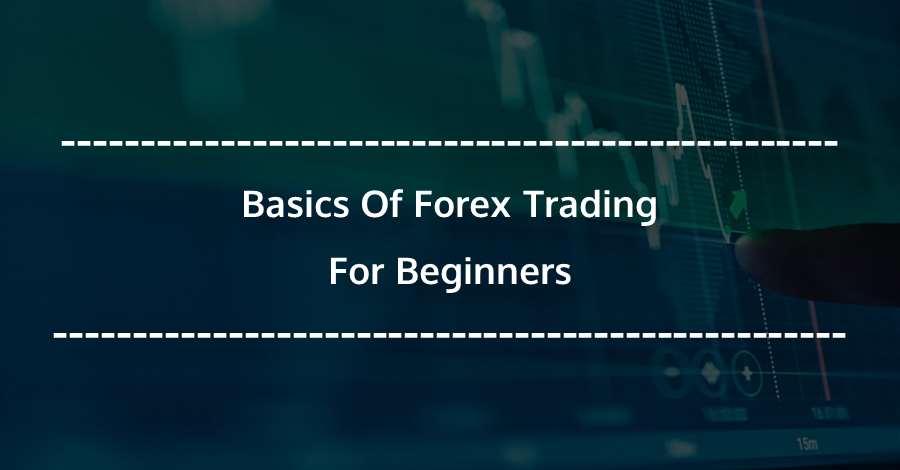
Introduction to Forex Trading:
Forex trading, short for foreign exchange trading, is a global marketplace where currencies are traded. It is the world’s largest financial market, with a daily trading volume of more than $6 trillion. Understanding the basics of Forex trading is essential for anyone who wants to venture into this dynamic and potentially profitable market. This blog will guide you through the basics of Forex trading, covering everything you need to know to get started.
1. What is Forex Trading?
Forex trading involves exchanging one currency for another. The objective is to profit from fluctuations in the exchange rate between the two currencies. Unlike stock markets, the forex market operates 24 hours a day, five days a week in different time zones.
1.1 Currency Pairs:
In Forex trading, currencies are traded in pairs, known as currency pairs. The most common pairs include:
- EUR/USD: Euro and US Dollar
- GBP/USD: British Pound and US Dollar
- USD/JPY: US Dollar and Japanese Yen
The first currency in the pair is the base currency, while the second is the quote currency. The exchange rate shows how much of the quote currency is needed to buy one unit of the base currency.
1.2 Major, Minor, and Exotic Pairs:
- Major pairs: These include the most traded currencies, such as EUR/USD, USD/JPY, and GBP/USD.
- Minor pairs: These pairs do not include the US dollar, such as EUR/GBP or EUR/AUD.
- Foreign pairs: These consist of a major currency and a minor or emerging market currency, such as USD/TRY (US dollar and Turkish lira).

2. How Does Forex Trading Work?
Forex trading is done over-the-counter (OTC), meaning trades take place directly between parties, usually through brokers. Here’s how it works:
2.1 The Role of Brokers:
Forex brokers act as intermediaries, providing a trading platform to buyers and sellers. They offer leverage, which allows traders to control larger positions with less capital. However, leverage also increases the risk of losses.
2.2 Bid and Ask Prices:
- Bid Price: The price at which a trader can sell a currency pair.
- Ask Price: The price at which a trader can buy a currency pair.
The difference between the bid and ask prices is known as the spread, from which brokers make money.
2.3 Lot Sizes:
In forex trading, many currencies are traded. There are three main types of lots:
- Standard lot: 100,000 units of base currency.
- Minilot: 10,000 units of base currency.
- Microlot: 1,000 units of base currency.
3. Key Concepts in Forex Trading:
3.1 Leverage and Margin:
Leverage allows traders to control a large position with small capital, but it also increases potential losses. Margin is the amount required to open a position. Understanding how to manage leverage and margin is crucial to risk management in Forex trading.
3.2 Pips and Pipettes:
- Pip: The smallest price movement in a currency pair. For most pairs, one pip is 0.0001.
- Pipette: A fraction of a pipe, usually 0.00001.
Pips are used to measure price movements and calculate profit and loss.
3.3 Long and Short Positions:
- Long Position: Buying a currency pair with the hope that it will increase in value.
- Short Position: Selling a currency pair with the expectation that its price will fall.

4. Technical and Fundamental Analysis:
Successful Forex trading often involves a combination of technical and fundamental analysis.
4.1 Technical Analysis:
Technical analysis focuses on price charts and uses various indicators to predict future price movements. Common tools include:
- Moving Average: Used to smooth price data and identify trends.
- Relative Strength Index (RSI): Measures the speed and volatility of price movements.
- Bollinger Bands: Indicates volatility in the market.
4.2 Fundamental Analysis:
Fundamental analysis examines the economic, political and social factors that can affect currency prices. Key indicators include:
- Interest rates: High interest rates can attract foreign capital, increasing the value of a currency.
- Economic Indicators: Reports such as GDP, unemployment rate, and inflation can affect the strength of a currency.
- Geopolitical events: Political instability or international conflicts can cause fluctuations in currency markets.
5. Risks and Rewards in Forex Trading:
Forex trading offers significant profit potential, but it also comes with risks.
5.1 Volatility:
Currency markets can be extremely volatile, with prices fluctuating rapidly in response to news and events. While volatility can create opportunities for profit, it also increases the risk of large losses.
5.2 Risk Management:
Effective risk management is very important in Forex trading. This includes setting stop-loss orders, using appropriate position sizes, and not risking more than a small percentage of your trading capital on a single trade.

6. How to Get Started in Forex Trading:
Starting Forex trading requires education, practice and the right tools.
6.1 Choosing a Broker:
Choose a reputable forex broker that offers a user-friendly platform, competitive spreads, and strong customer support. Make sure the broker is regulated by a reputable financial authority.
6.2 Demo Accounts:
Most brokers offer demo accounts where you can practice trading with virtual money. It’s a risk-free way to learn how the Forex market works and develop your own trading strategy.
6.3 Developing a Trading Strategy:
A well-defined trading strategy is essential for success. Whether you prefer day trading, swing trading, or long-term investing, a clear plan can help you stay disciplined and avoid emotional decisions.
6.4 Continuous Learning:
The Forex market is constantly evolving, and successful traders are constantly updating their knowledge and skills. Follow market news, read trading books, and consider joining the forex trading community to stay informed.
Conclusion:
Forex trading offers an exciting opportunity to take advantage of the world’s largest financial market. By understanding the basics of forex trading, including how it works, key concepts, and effective strategies, you can increase your chances of success. Remember, while the potential for profit is important, so are the risks. Start with a solid foundation, practice with a demo account, and approach the market with a disciplined and informed mindset.


